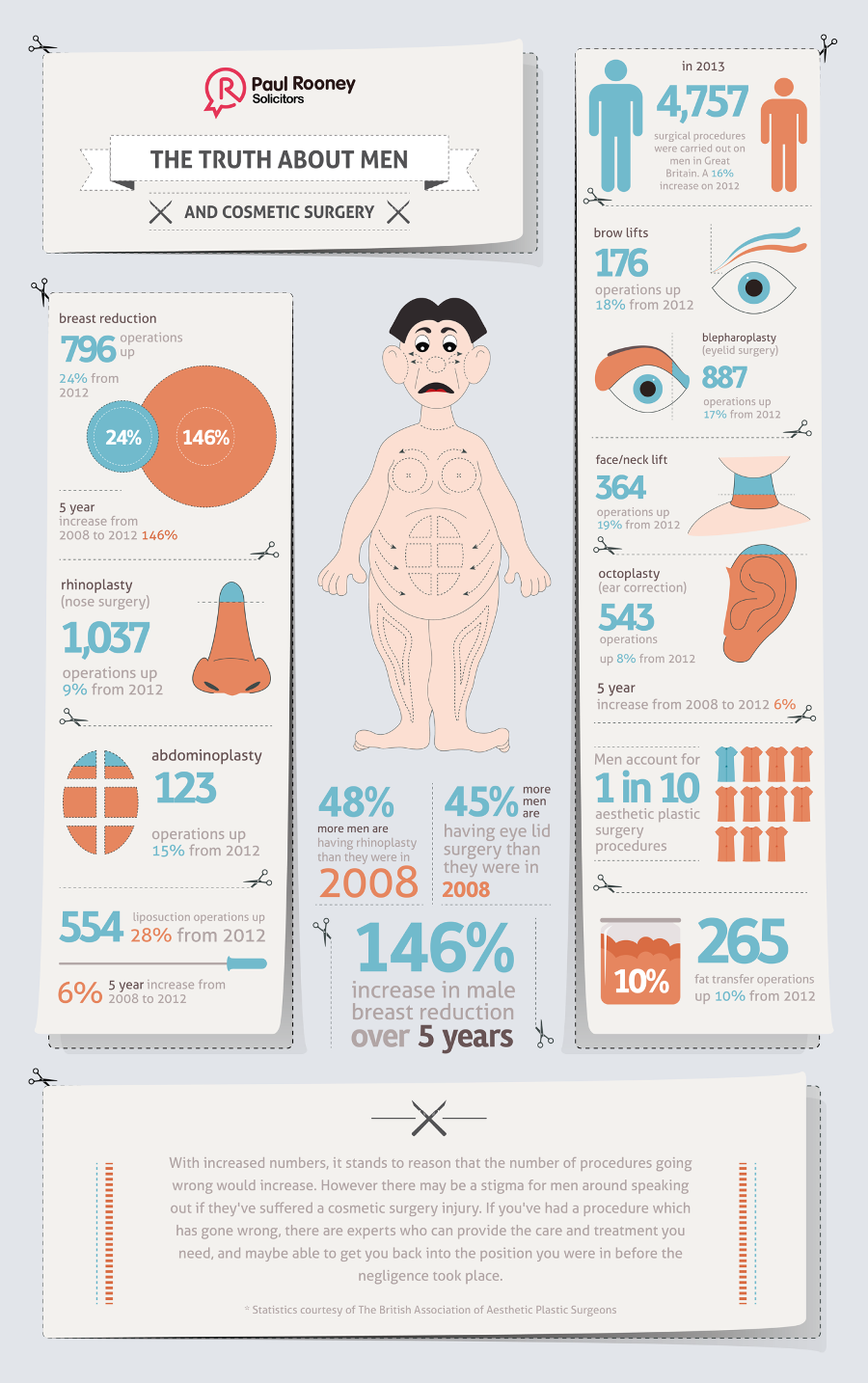Just How to Get Rid of Cystic Acne
Cystic acne is a severe form of pimples. Unlike other kinds, these bumps are rooted much deeper within the skin's surface area and can not be treated with over the counter items.
Don't pop or pick at cystic acne, as this can introduce bacteria right into the pores, sluggish healing and boost scarring. Instead, follow these home remedies for treating cystic acne.
Ice
Cystic acne is just one of one of the most extreme types of pimples. It's rooted deep under the skin, unlike the more usual blackheads and whiteheads that rest closer to the surface area of the skin. These acnes can be particularly challenging to treat without creating added damage to the skin.
A cold compress can help reduce a cystic acne pimple by tightening blood vessels. To use this treatment, cover ice in a fabric or paper towel, then apply to the skin in increments of 20-30 secs numerous times throughout the day. Make sure not to touch the ice directly to your skin, as this could create frostbite.
Along with a cold compress, making use of a gentle cleanser that doesn't aggravate your skin can additionally help in reducing breakouts. If you find that your skin reacts to particular foods, preventing them might be one more way to regulate acne. Ultimately, obtaining sufficient sleep is crucial to a healthy complexion, as absence of rest can really contribute to acne flare-ups.
Aspirin Mask
Pain killers is not medically verified to treat acne, but the acetylsalicylic acid in it can assist ease it. It's a cornerstone in over-the-counter salicylic acid products that are targeted especially at treating acne.
It's also a great exfoliant, which is a needed step to clear up any sort of skin issue. Mix crushed pain killers with just adequate water to make a paste, and use it to your blemishes. Leave it on for 10 to 15 mins, and clean it off with a gentle cleanser.
You can additionally add a dollop of honey to this mask for its antiseptic and antimicrobial properties. This will certainly help to moisten the skin, which is very important because salicylic acid can be drying out for some people.
If you have oily skin, try including some non-comedogenic oils to the mixture. Ylang ylang, cedarwood, and wheat bacterium oils all have homes that may aid to balance oil secretion, which can create acne.
Vinegar Cleanser
There's more info a reason apple cider vinegar is a staple in many Byrdie editors' item cabinets: It works at zapping pesky zits. The acetic acid in the vinegar eliminates germs and aids bring back the skin's natural pH balance, which might assist protect against future outbreaks.
Apply the blend directly to cystic acne areas, or attempt mixing it with water and utilizing it as a face wash. You can additionally use it as a skin printer toner, which will certainly tighten pores and maintain the skin looking healthy.
An additional tried-and-true natural remedy for acne is tea tree oil, which has antimicrobial homes that can lower the amount of microbial accumulation inside an acne and shrink it. Weaken the oil with a provider oil, such as coconut or jojoba oil, and include it to your skincare regimen. An additional useful active ingredient for cystic acne is turmeric, which tames inflammation and infection. Attempt applying a paste of the seasoning to cystic pimples.
Turmeric Mask
Turmeric's anti-inflammatory buildings help reduce inflammation and eliminate acne-causing bacteria, while its skin-brightening elements can level discoloration gradually. It additionally offers nutrients for drier skin. To use, mix with each other turmeric powder and raw honey to develop a thick paste that's spread over your clean face, staying clear of the eyes and lips. Leave on for 10-15 mins before rinsing with cozy water, using circular movements while rubbing to exfoliate.
We tapped 2 board-certified skin doctors (Jennifer Herrmann, MD and Joshua Zeichner, MD) and a top star esthetician (Angela Caglia, owner of Angela Caglia Skincare) to expose their ideal in-office treatments to do away with cystic acne-- those troublesome under-the-surface bumps that cause inflammation, swelling and discomfort. From do it yourself recipes to quick in-office treatments, these specialists offer their go-to options.

Comments on “How To Prevent Acne”